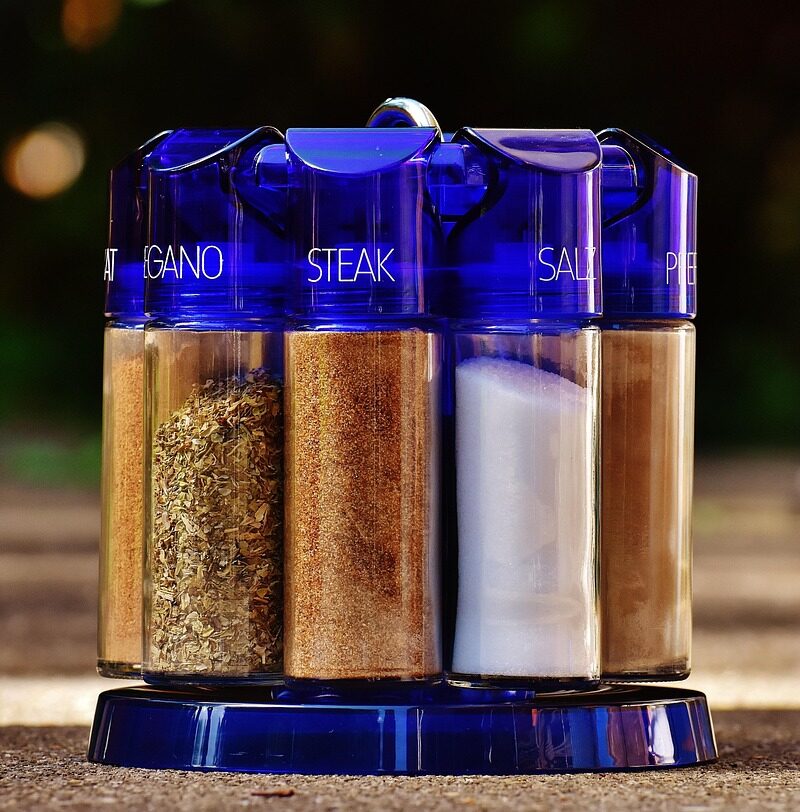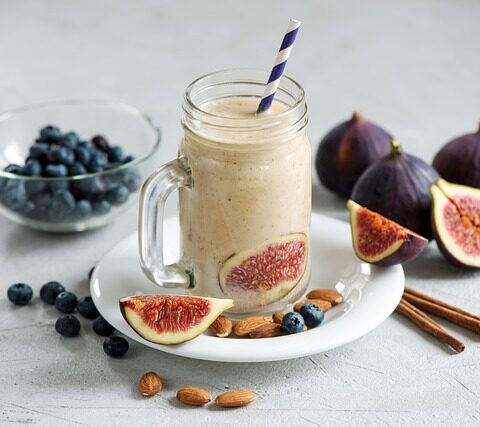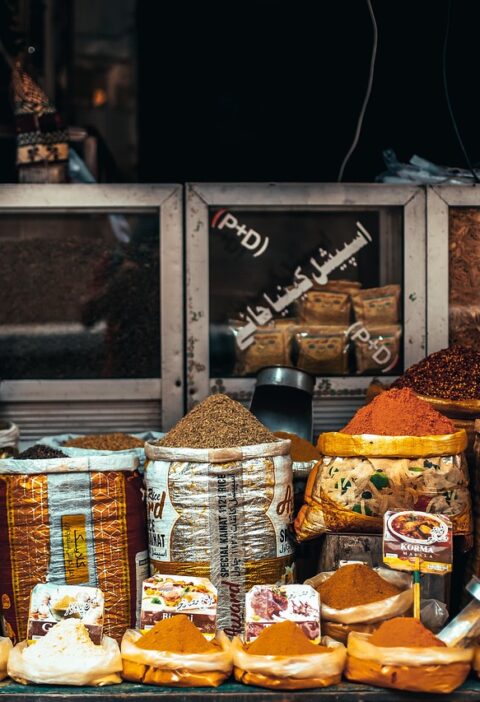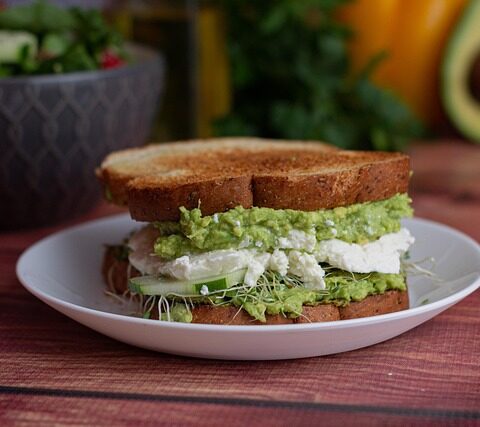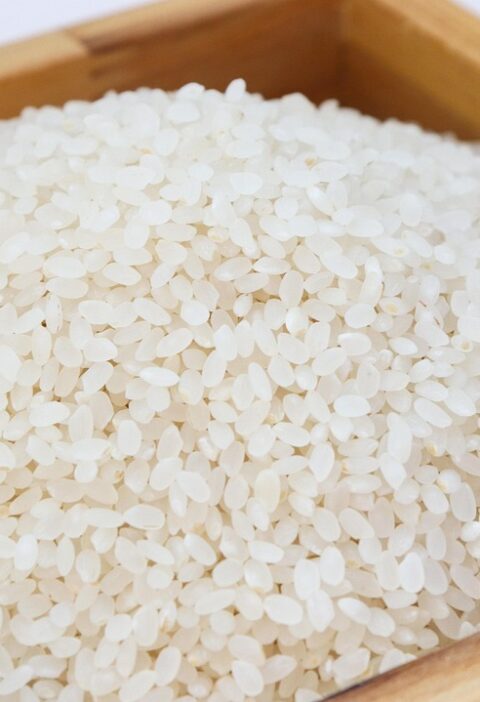The spices are the soul and spirit of good cooking; the jars and tins of those spices contain the aromas, the flavours, the magic that turns ordinary food into something special. But spices don’t last forever. When improperly stored, they lack flavor, aroma, and punch as they get older. The positive thing is that you can prolong the life of your spices with a few easy tricks and obtain more flavor with every pinch. I will take you on a tour in this article by step by step, showing you how to store spices properly to keep them fresh, vibrant, and delicious.
Why Should You keep your Spices in good Condition?
It is important to know why it is important before going straight to how to store spices. Spices have natural oils and volatile compounds that provide them with an aroma and a taste. Exposure to air, light, heat, and moisture with the course of time gradually erodes those oils, consequently leaving your spice dull and feeble. Fundamentally, you are losing the taste, although technically, the spice may still be safe to consume.
You can preserve that loss by storing spices properly. It means that your food is more enjoyable, it costs less, and you will not have jars of uninteresting powder at the back of a shelf. Think of it as a case of fruit preservation; the longer the fruit is stored, the longer and more enjoyable the fruit will be.
The Four Enemies of Fresh Spices
To keep spices fresh, you need to protect them from these four main things:
Air (oxygen): When the spices are kept in the air, the oils contained within the spices oxidize and degrade faster.
Light: Colors are faded by the sunlight or intense light in the interior, and flavor compounds are destroyed.
Heat: Chemical degradation is increased by heat. When your spice container becomes hot frequently, it will lose its taste quickly.
Moisture: Water (or even steam) causes clumping, mould, and loss of aroma.
All good storage conditions attempt to minimize contact with one or more of those enemies.
Top Kitchen Secrets: Where to keep spices (And not)
Choose the Right Containers: The container in which your spices are stored is not only the beginning of your defence. Here’s what to look for:
Airtight lids: The vessel should be well-tightened–none of those loose tops, none of those cracks. This retards air and moisture. Plastic or metal tightly sealed glass jars are effective. Tins made of or ceramic jars with rubber lids may also help.
Dark or opaque containers (or kept in the dark): In case you use transparent glass jars, you need to keep them in a cupboard, or a place where the light does not access the spice. Opaque containers repel light.
No long-term use of cheap, thin plastics. Some plastics permit air and odors to pass through. When using plastic, make sure that it is food-grade and thick, and the lid is easy to close. But glass or metal would tend to be safer.
Size matters: This is better than having a bigger jar that is half empty (that is, air is more inside the jar). You will be able to work with your large amount of stock and replace them with everyday jars.
Special features: Others are fitted with inbuilt grinders, sifters, or inner lids. Those can be handy–but only when they can close at both ends. Additional components to the seal can result in more harm than good, in case they render the seal less effective.
It is always good to wash and dry a container before refilling or reusing it once more a drop of water or any leftovers can ruin your new spice.
Spots to Avoid: Originally above or next to the stove, oven, or cooktop. These are the worst spots. Your spices will be easily destroyed by the heat and steam in cooking.
Near dishwashers or sinks: Vapour and splashes increase humidity, which poses a danger of moisture.
In the shade of windows or in the sunshine. Even indirect light may cause fading of spices.
On the top or the inside of the refrigerator or the freezer (in the majority of cases). Although a freezer appears to be a safe area to store something cold, it is associated with moisture issues, and when you open it, spices may be exposed to condensation. Several specialists do not recommend freezing spices, unless in exceptional cases.
Good Spots for Spices
Dark cool cabinets not in the hot spots. It is best to have a kitchen cabinet that is not directly over the stove. Go to a spot with a constant temperature.
Pantry shelves: A pantry or dry store can be a good place–at least interior shelves in front of a door or aperture.
Properly ventilated (dry) drawer. A drawer can be alright just as long as it does not get either warm or damp. Put liners or mats to prevent the jars from slipping.
Only under special circumstances: freeze or cold storage. Cooks who buy spices in bulk (particularly whole) and will not use them shortly freeze some, keeping part in the cabinet to use. However, you have to use air-tight, freezer-safe jars, and do not open spices before they are at room temperature, otherwise they will get moist.
Find a place that is cool, dry, dark, stable, with no drastic changes in temperatures or exposure to steam.
The Difference between Whole Spices and Ground Spices: The Importance.
Among the most effective spice preservation tricks, one should remember the whole spices, as well, and grind them only when required. Un-ground (whole) spices (such as cloves, cinnamon sticks, nutmeg, peppercorns, cumin seeds) have their oils and aroma for much longer to survive.
Ground spices are more exposed to air, hence the loss of aroma. By purchasing whole, you can grind or toast immediately before use, providing optimum freshness.
In spice varieties that you use regularly (such as turmeric powder, chili powder), it is convenient to have ground spices available, but you should purchase them in smaller quantities so they do not spend too long in storage.
As a case, entire nutmegs can last for years. However, when you purchase and keep ground nutmeg, in a couple of months, it will lose its smell. According to many chefs, whole spices can take 2 to 4 years in good conditions.
Quantity and timing of replacement of Spices.
One of the biggest mistakes that people make is purchasing spices in large quantities, believing that they will consume them over an extended period. But when they sit down and lose heart, that is money to nothing. In this case, here is how to consider quantity and replacement:
- Buy in Amounts You Can Use
- Get small quantities of ground spices- enough to last 6 or 12 months.
- Small bags or sample sizes are good in the case of infrequent spices or those that you rarely use.
- When purchasing in large amounts, make smaller jars and put the rest in another place (cool, dark storage), to refill your daily jars as you use them.
Track Time: Labeling
Immediately you introduce a spice in your kitchen, you write or stick a label with the purchase date or open date.
It is best-by date depending on the type of spice (e.g., 1 year, 2 years).
After several months, conduct a spice audit: examine fuzzy clumps, faded color, weak smell, etc. Replace what’s weak.
Guidelines (Not Rules) on Recommended Lifespans.
- Ground spices (powders, blends): optimum of 6 to 12 months.
- Whole spices: up to 2– 4 years
- Herbs (dried, such as basil, oregano): 1 to 3 years.
- Spice blends (mixed powders): most typically nearer to the ground spice time period (612 months)
The fact that a spice has not gone bad does not imply that it is still great. When it smells or tastes bland, then it is time to change.
Handling Spices in Daily Use
The finest jar and position will not save your spices when you are subjecting them daily to air, moisture, or steam. Here are habits to adopt:
- Do not put wet spoons or fingers in spice jars. Always use dry instruments. Moisture is a killer.
- Shake spices not over hot pots. Steam will creep into the jar and provide moisture. Rather than pouring it into your hand or a spoon, add it to the cooking.
- Likewise, after use, close the lid. Do not leave the container uncovered.
- Open it too seldom; each time you open it, air and humidity enter.
- Check use of scoop/spout designs- ensure they do not let things leak out.
In case of clumping of spices, break them instead of pressing or heating. Moisture can be detected by clumping.
Place moisture absorbers such as food-safe silica gel sachets in your storage space (when the weather is wet). All you need to do is ensure that they are food safe.
In damp situations, others go as far as to pour a spoonful or two of uncooked rice into the spice jar. The rice is absorbing and does not stop any moisture. (Only watch that the rice does not get in the way of your cooking.) This trick is a family secret of many home cooks.
One of the more intriguing tips at the home cook level:
Store them in a cupboard, and do not shake your spices onto cooking food. The smoke and steam also put some moisture on your spices and make them brick up (clump hard).
Special Cases & Extra Tips
The following are additional nuances that you can consider, particularly in relation to climate (too wet or too dry) or the kind of spices you add.
Freezing and Long-term storage: Other cooks also store bulk whole spices in freezer-safe, airtight containers. The thing is, though, when you take them away, allow them to warm up to room temperature, so that they do not condense when you open them.
Freezing of everyday jars is not to be rushed- the moisture and thawing effects may have negative consequences. Herbs that contain much moisture (e.g., fresh basil) do not usually freeze well as dry spices.
Toasting or Grinding before Use: In some spices (such as cumin seeds, coriander seeds), toasting them very briefly (without burning) in a dry pan before grinding will give out extra aroma. Do this right before using and not beforehand.
When you grind a small batch just before cooking, you get the freshest oils on your food.
Arrange to use them readily:
- Store your jars such that you can read labels easily. Then you won’t forget the spices you purchased.
- Install shelf levels or slanted shelves such that small jars do not get blocked by large jars.
- When you replace a jar, keep the new one at the back of the old so that the old ones are consumed first.
- Have your most common spices at the fore or something simple to get to.
Humid and Moist Climates.
- The difficulty is increased in areas of high humidity:
- Keep spice cabinets or jars with more moisture absorbers (silica gel) in them.
- Recheck seals often.
Another option is to store bulk stocks in a more controlled area (not within the kitchen, in a dry cupboard or dry box). Always be keen on opening jars; do not fully open them. Ways to tell when a spice has become weak (not spoiled).
Spices do not spoil as perishable items; however, they do expire. The following are some methods of testing whether a spice is still potent enough to be used:
- Sniff it – When the jar is opened and the aroma is weak and barely noticeable, then it is almost probably out of state.
- Consider its color: Does its color tell you so? Vibrant spices are fresher.
- Touch or rub a little: When a dry herb is too readily reduced to powder, or a spice is not tactile to the touch, this is an indication that it is losing its structure.
- Taste a little: A pinch of it ought to pass the tongue. If it’s dull, replace it.
- Test clumps or mould: Clumps are usually an indication of moisture. Any mold or foreign substance that is visible is a cause to discard.
- Compared to a fresh one: When you have that spice fresh, test it one beside another, and you can see the difference.
When a spice seems feeble, that does not always mean that it is bad, but you will not have flavor out of it. It is better to change and maintain your dishes fresh.
The journey of A Spice Jar.
We can take an example of an ordinary spice jar, and how the decisions that we make influence its existence.
You purchase a container of ground paprika at the shop. It is packaged in a thin plastic bottle with a flip top. You take it home and leave it on the shelf next to the stove (convenience). Whenever you prepare something, you open the lid on the boiling pot, exposing it to the possibility of dampness. Within several months, the colour disappears, the smell is poor, and it forms clumps.
But then consider the following method: you pour a portion of the paprika into a glass jar with a tight lid that is very small and of dark color. that jar you keep in some cool cabinet, not near the stove. You affix your date of opening on it.
With a dry spoon, you shake into your hand and pour into the pot (so that the moisture does not revert). The larger portion of paprika remains enclosed in an emergency container that is stored in a different location. When the aroma starts to diminish after 6-9 months, then you use it and receive a new supply after that.
In the former case, you had lost the chief part of the flavour before you exhausted it. In the latter, the jar struck to the full during the larger part of its existence. That difference is as a result of clever storage.
Things You Can begin to do.
There is a fast start now checklist which you can use here:
- Go through your spice shelf. Smell, look, test. Toss the really weak ones.
- Put the other remaining spices into or verify that they are in an airtight container.
- Date or opened on tag.
- Put your spice collection in a cool, dry, and out-of-the-way (not next to the stove, sink, or sun) cabinet, shelf, or pantry.
- Store bulk stock in a different place, only refill daily jars as they are required.
- Work with dry scoops, do not use steam, and close lids as soon as possible.
- Insert small moisture absorbers (silica packs or rice) in case of a humid climate.
- Periodically (after a couple of months), do a spice check to check which are fading.
- Purchase quantities that you can utilize before quality declines when making purchases.
- Prefer whole spices when it is possible, and grind them near use.
Conclusion
Spices are not mere additions; they are flavor enhancers, and they take your food to the next level. They are delicate, and it is worth treating them with care because they will pay big rewards. The expense of doing it right is minimal: clean jars, a dry cabinet, good habits, etc. And the ultimate is huge, more flavor, less waste, tastier meals.
Keep in mind, it is a slow process; one good jar at a time. You can begin with one of these spices or two, using the following tips, and soon you will see the difference. In the long run, your spice shelf will be a cause of pride, rather than frustration.

